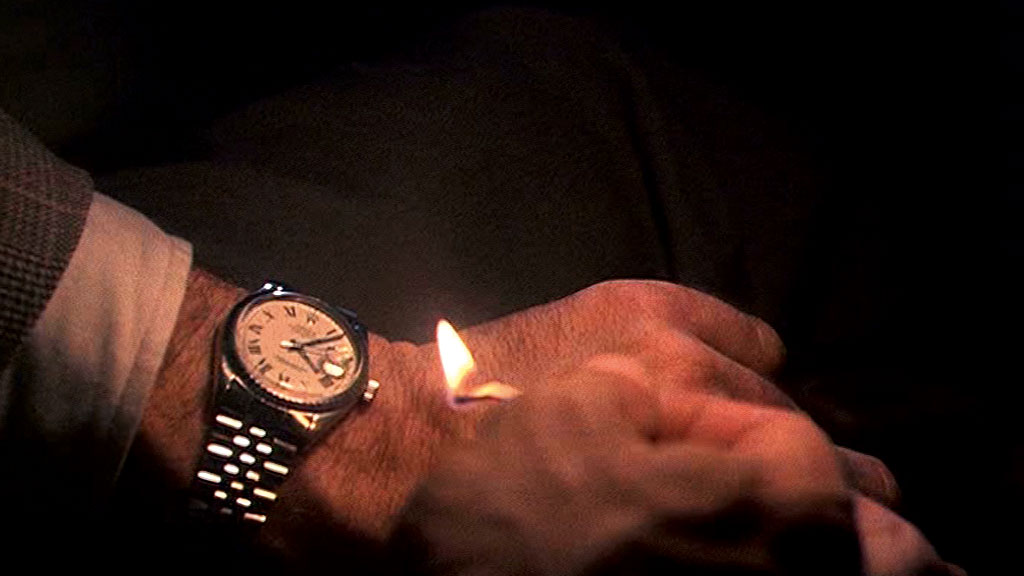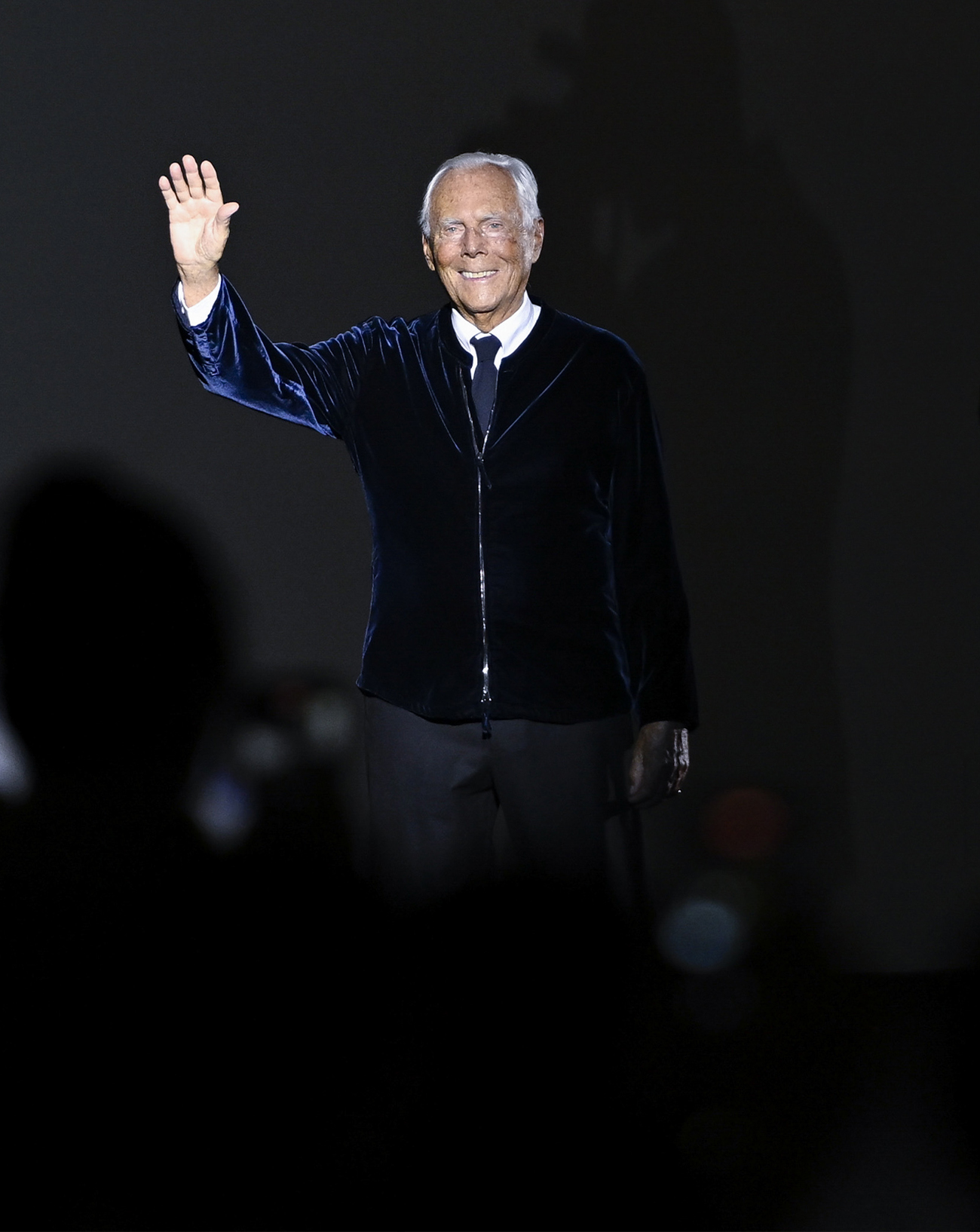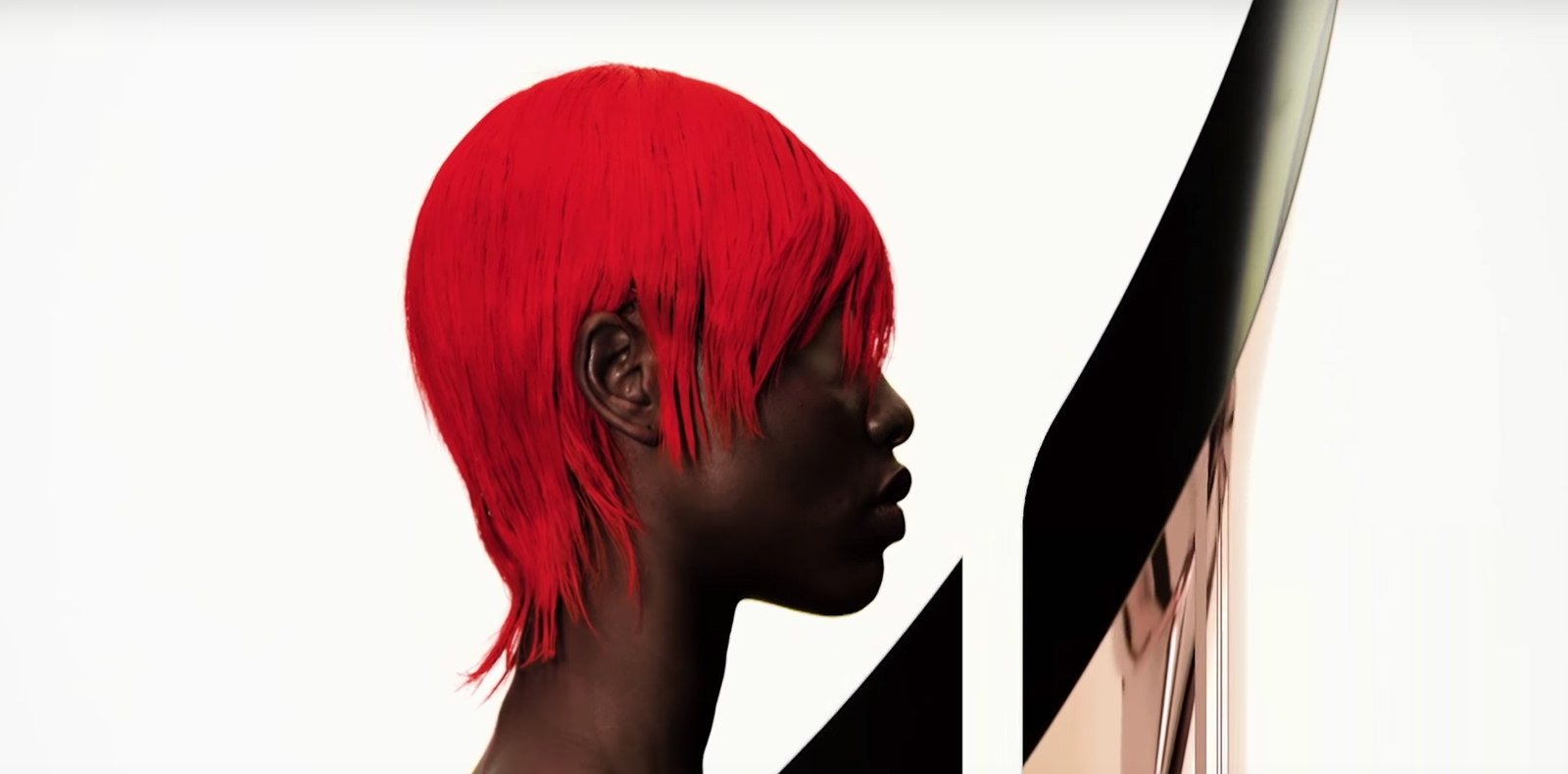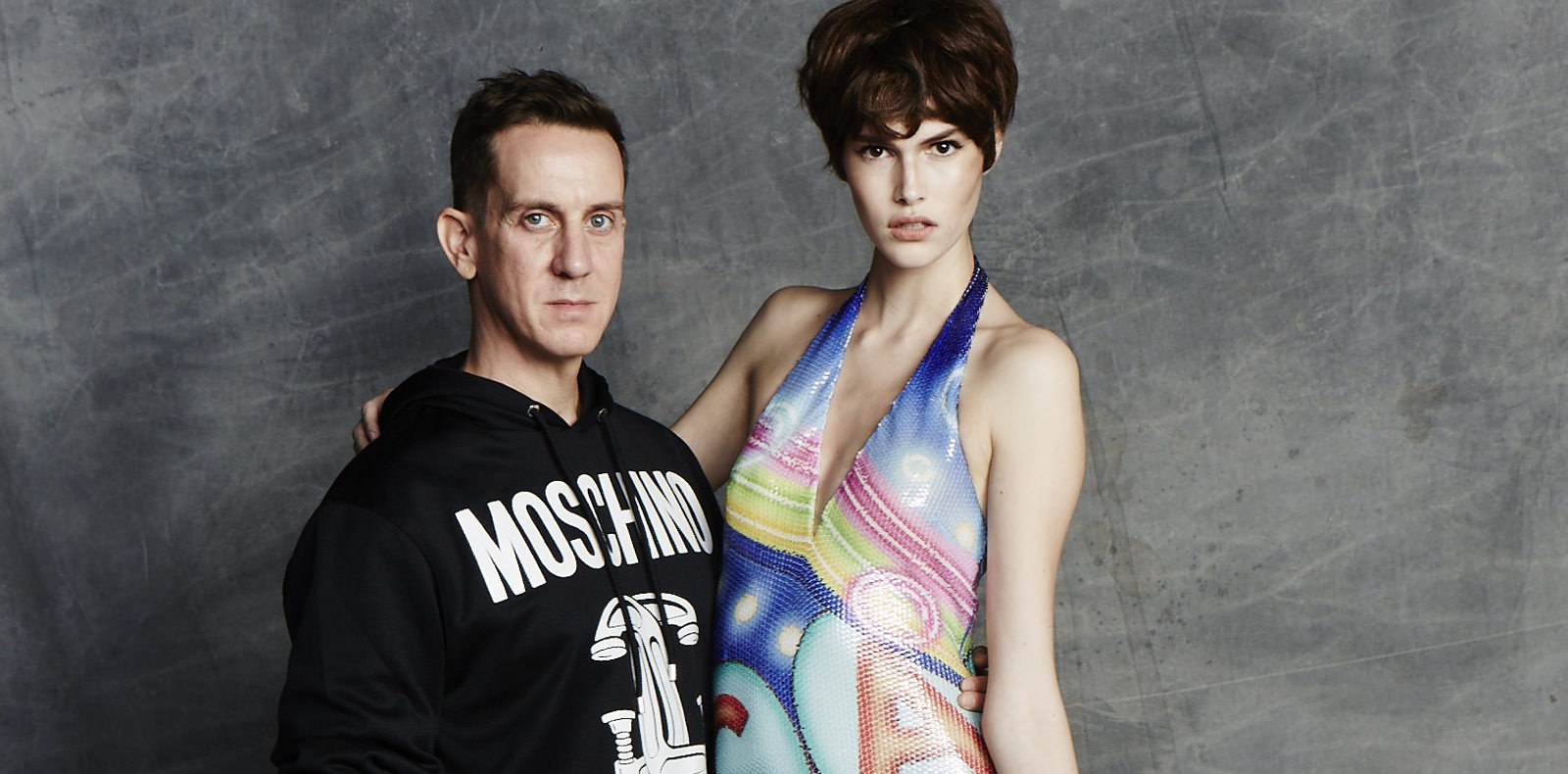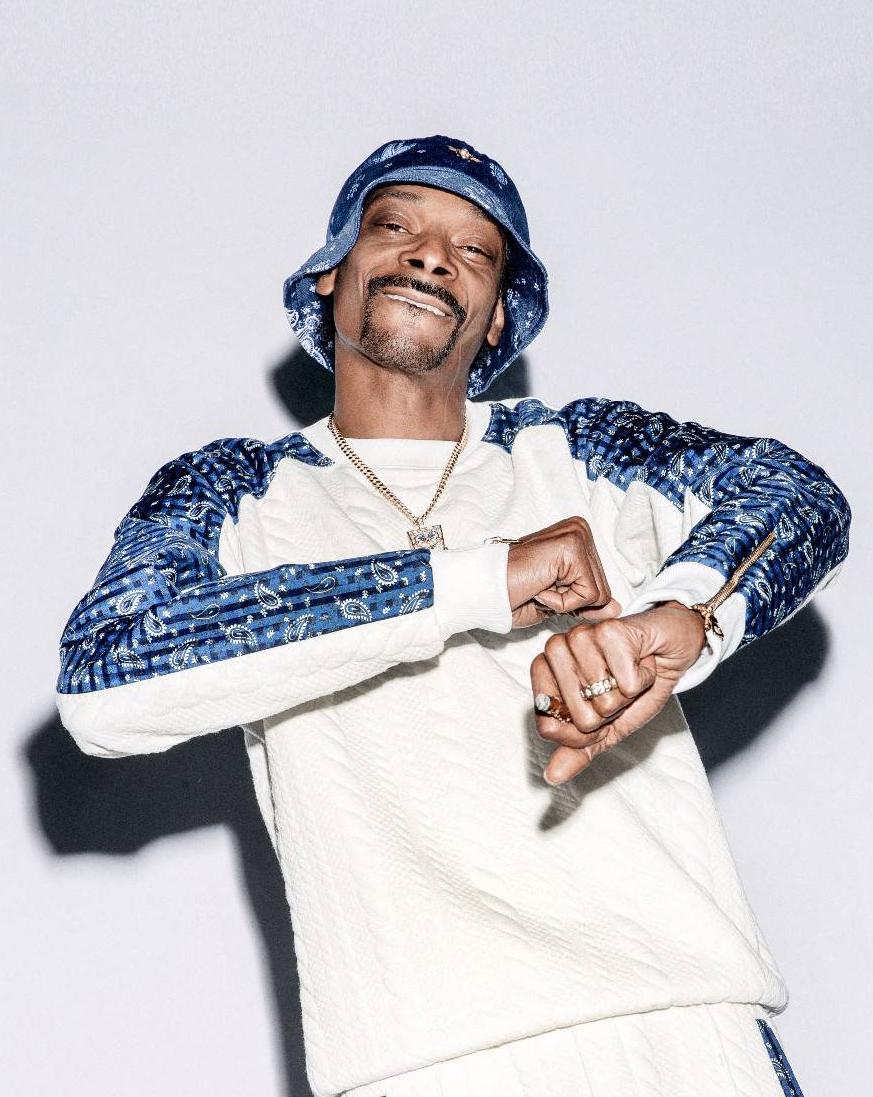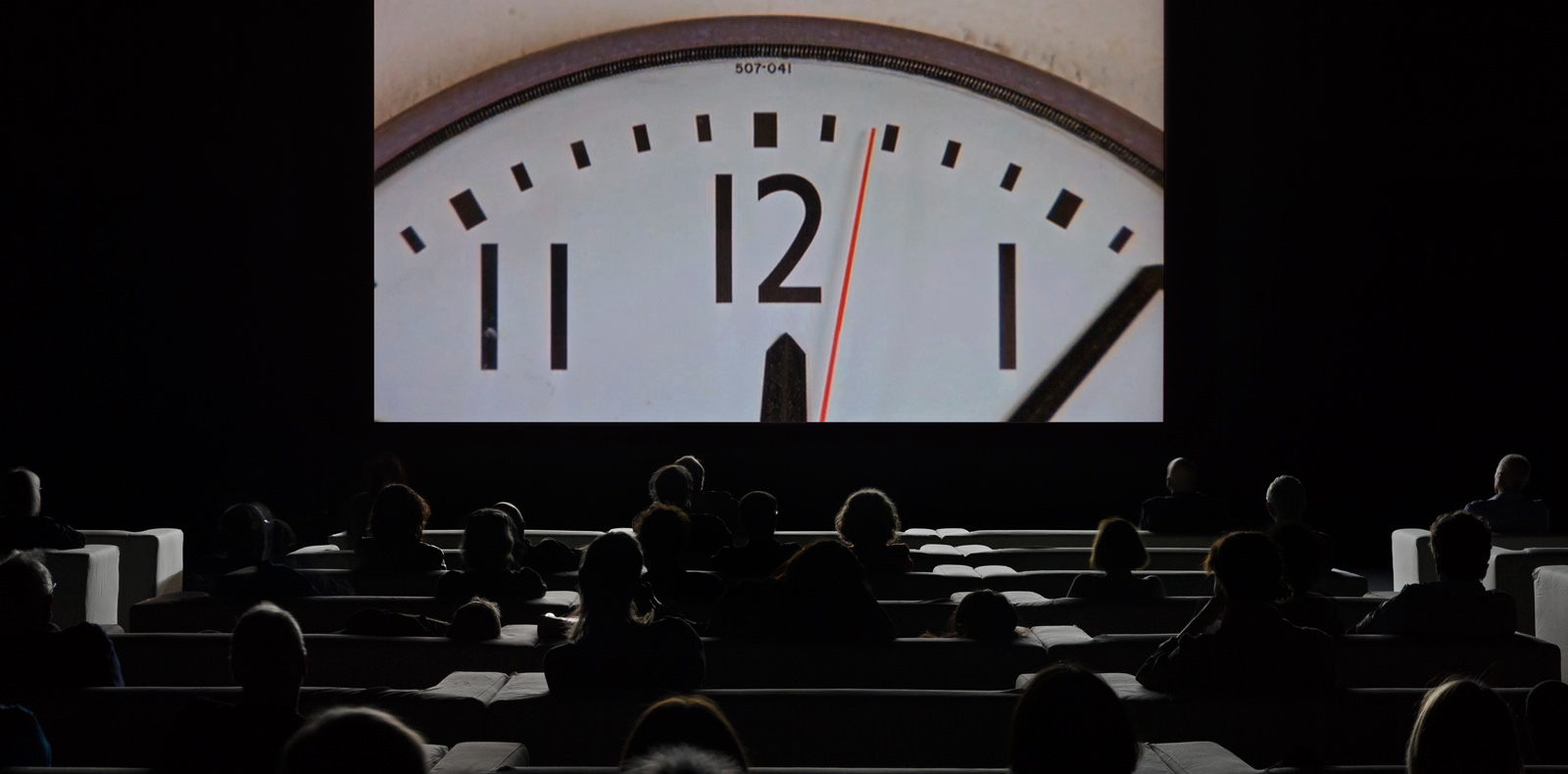
3
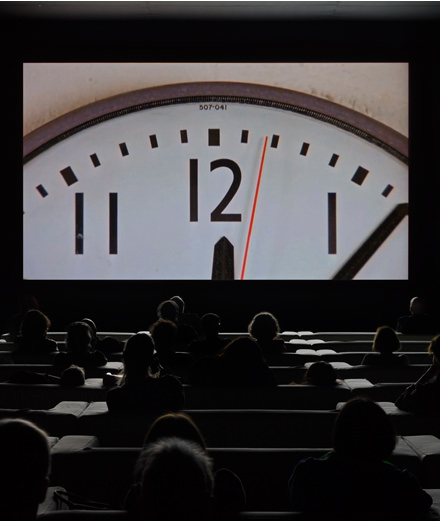
3
An encounter with Christian Marclay, at the Celine runway show and at the Tate Modern
In his first show for the house of Celine, Hedi Slimane paid a very marked tribute to the Swiss-American artist Christian Marclay by revisiting and transposing some of his works within the collection (prints on bags and clutches, embroidery on couture dresses, kimonos…) At the same time, Christian Marclay was taking hold of the Tate Modern with his major pieceThe Clock, shown for the first time in London in 2010, before winning the Golden Lion award at the Venice Biennale the following year. The 24-hour video installation is composed of thousands of films clips edited together to tell the actual time. The result is as captivating as it is poetic.
Interview by Maïa Morgensztern.
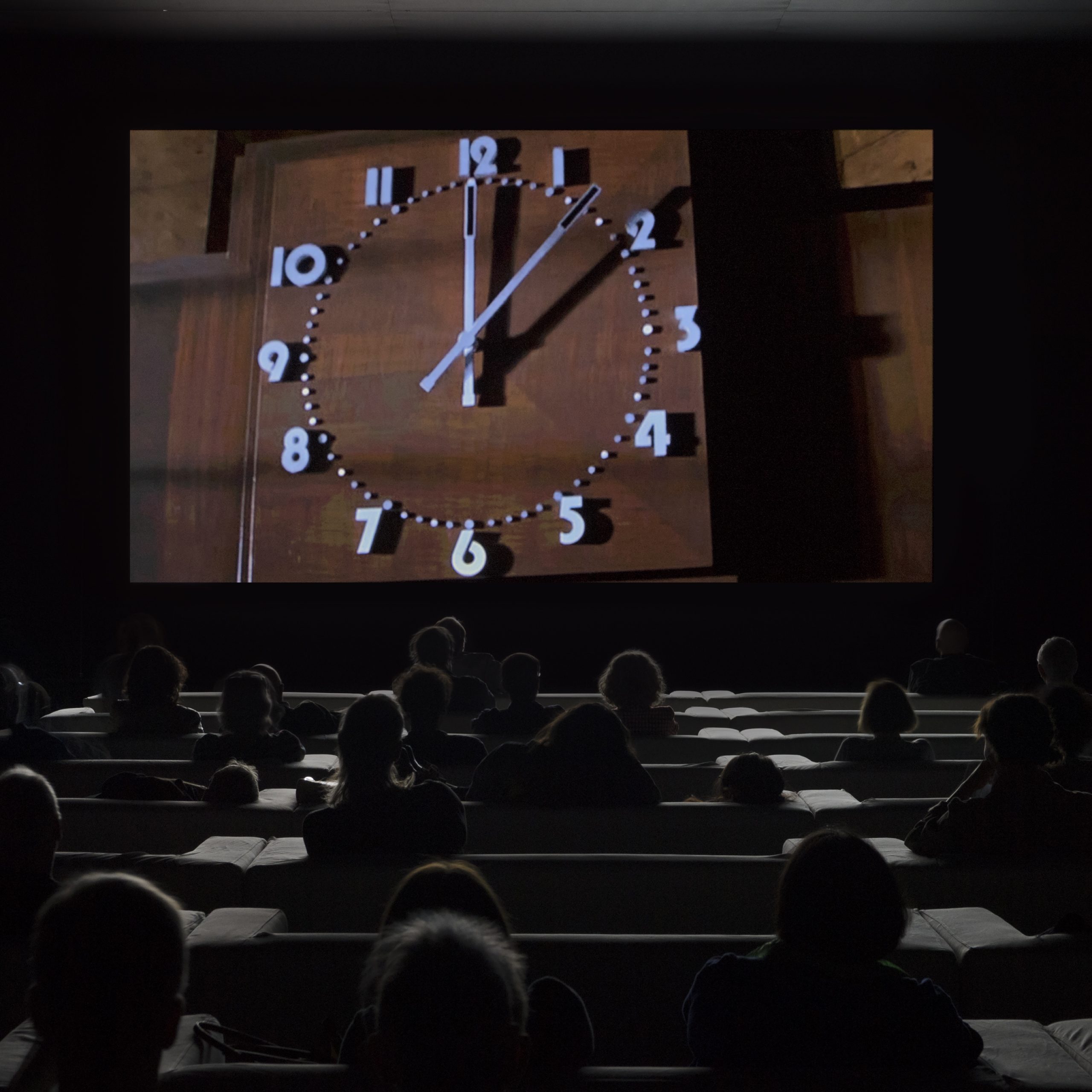
Numéro: It took you three years and an army of assistants to create The Clock. What was this experience like?
Christian Marclay: The process was long and difficult. We watched thousands of films, extracting passages that showed the time and storing them according to the minutes shown in a computer. We then had to find connections between each scene which were totally disconnected to edit them together. Every time we wove an interesting link, there was this rush of adrenalin and a palpable excitement in the studio. Then we had to start all over again for the next section. It was those little moments of chronological satisfaction that kept us going, when a section seemed to tell a story that we had completely invented. It was a monumental challenge and there were times when I thought we’d never get to the end.
There is no resolution in the narrative, which could be frustrating. And yet The Clock has been round the world, often with sold out shows. How do you explain the reaction to this work?
It’s true that the spectator has no means of knowing what will follow, nor can they anticipate the action. It could be frustrating for them, yes! In fact, I was surprised by how much time people spend in front of the work. Some set themselves a real marathon session, trying to see as much as possible in one go. Lots of art works require several visits to be truly understood, and in my opinion, those are the ones that most deserve our attention. There is no mystery with The Clock, but everyone leaves with a different experience, whether they are a movie buff or a straightforward spectator. Every visit is a surprise.
Ultimately the scenes that were the hardest to edit are those that are least seen, between one and five in the morning. Most people will never see the whole film, and even you haven’t seen it in in its entirety since the editing…
I would have liked the work to be visible for 24 hours a day, but the logistics and the costs were just crippling. There are several all-night sessions at the Tate Modern, which is already pretty cool! It was obviously out of the question to show the off-peak hours at another time. The work must be seen in real time. That’s not a technical caprice, but because the scenes tell different stories according to the time, like in real life. At night there are lots of dream and fantasy scenes. The viewer is also probably tired and trying not to fall asleep. He could drift off and wake up in the middle of a nightmare scene for example, he might rub his eyes and fall asleep with an actor doing the same thing on the screen. It creates a real link between the work and the spectator, a bit like a communion… which wouldn’t be possible with the same scene at 10 in the morning.
After having seen so many films, do you confirm that midnight is crime time?
It’s certainly the passage I saw the most! I used midnight as the reference point for the sound, because it is the time when the most crazy things seem to happen. I’ve seen so many very different scenes over the hundred years of cinema, all extremely rich. Showing midnight is a powerful cinematic act in itself. It’s that strange atmosphere that I try to relay with The Clock. That’s why I never lend the work, not even to researchers. It only makes sense in the context of a complete installation. To see it you have to go to the Tate Modern, the Pompidou Centre or the Israel Museum in Jerusalem, who have bought a copy together. I am very aware of limiting the diffusion of my work, but it’s a bit like a Rubik’s Cube… everything is linked, there’s no point in having just one bit of it!
The Clock by Christian Marclay is at the Tate Modern until January 20th 2019. All-nighters on October 6th and November 3rd 2018.
